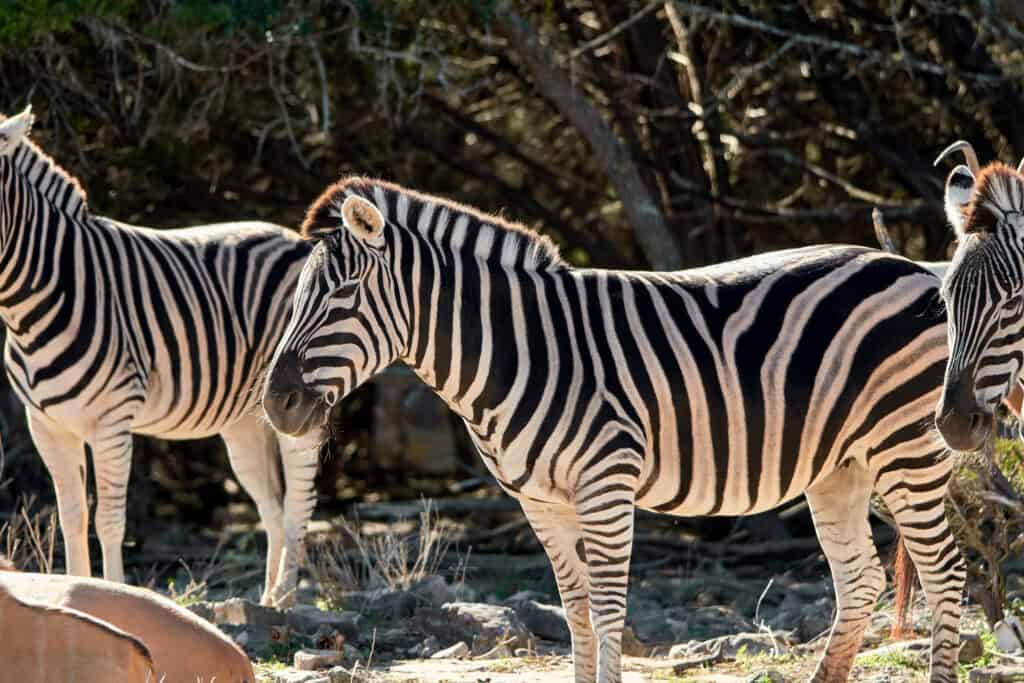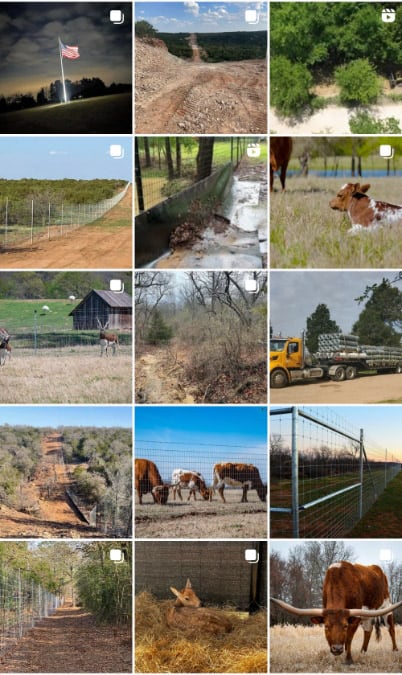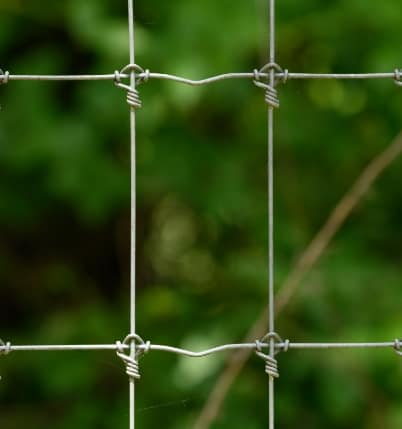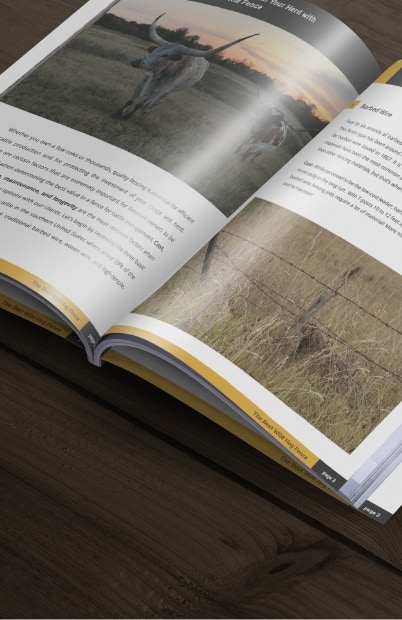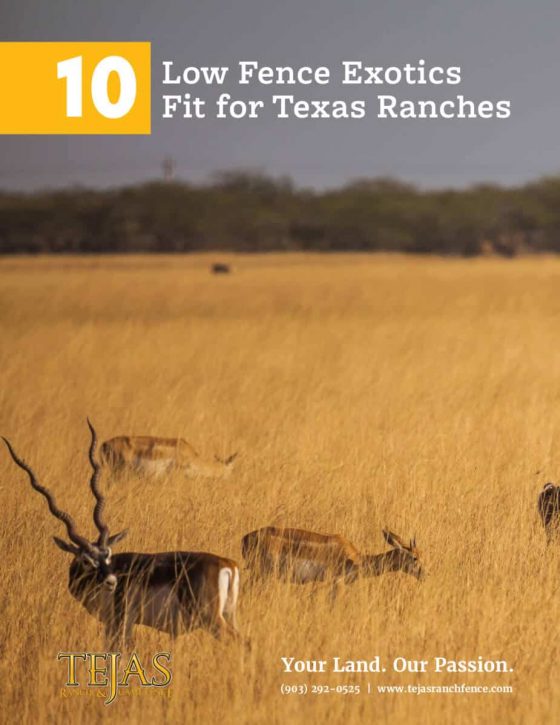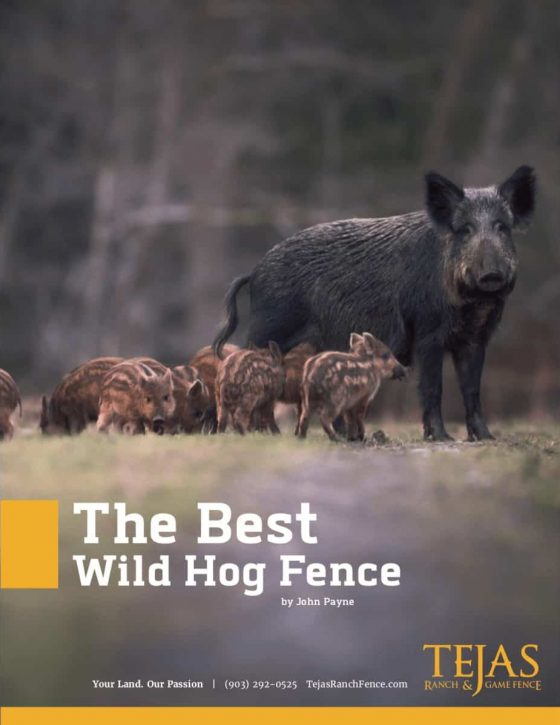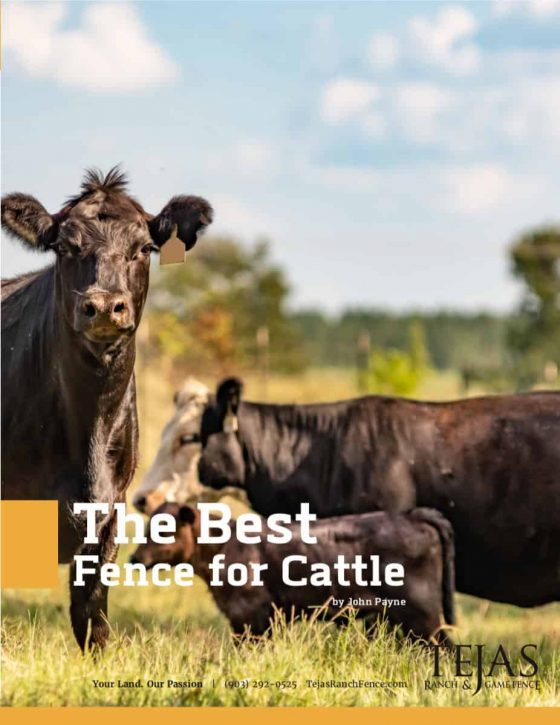Zebras are among the most iconic animals of the African wilderness, instantly recognizable by their striking black-and-white striped coats. These remarkable animals possess unique adaptations that help them thrive in diverse environments, from open savannas to rugged mountain terrains. In this article, we will explore their fascinating social structures, communication methods, survival strategies, and conservation efforts, which are essential to ensuring their future in the wild.
Understanding the Zebra
Origins and Ancestry
Zebras and Equidae family members share a common ancestor with horses and donkeys. Their lineage traces back millions of years to early equids that roamed North America before spreading to other continents. Over time, these ancestors evolved into distinct species, adapting to various environments. Today, there are three recognized species of zebra: the Plains Zebra (Equus quagga), the Mountain Zebra (Equus zebra), and the Grevy’s Zebra (Equus grevyi). Each species exhibits unique characteristics but maintains the hallmark black-and-white striped pattern that sets them apart from other equids.
Physical Characteristics and Unique Features
Zebras are best known for their striking black-and-white striped coats, but these patterns serve more than just an aesthetic purpose. Scientists believe their stripes provide several advantages, including camouflage, temperature regulation, and insect deterrence. The contrasting stripes create an optical illusion that confuses predators like lions and hyenas, making it harder for them to single out an individual zebra in a herd. The alternating black and white patterns may help control body temperature by reflecting heat and absorbing warmth as needed. Studies suggest that the stripes deter biting insects such as tsetse flies and horseflies, which prefer solid-colored animals.
Zebras vary in size depending on the species. Plains Zebras typically stand around four to five feet at the shoulder and weigh between 770 and 990 pounds, while the larger Grevy’s Zebra can reach up to 5.2 feet and weigh over 1,000 pounds. Unlike horses, zebras have a stockier build, shorter manes, and stiff, bristly tails.
| Height | 4 – 5.5 feet |
| Length | 5 – 8 feet |
| Weight | 400 – 1,000+ pounds, depending on species |
| Color | Alternating black and white striped coats |
| Lifespan | 20 – 30 years |
| Country of Origin | Africa |
| Habitat | Grasslands, savannas, woodlands, and mountains, depending on species |
| Diet | Grasses and shrubs |
| Fence Requirement | High-Tensile Fixed-Knot Fencing |
| Suggested Fence Pattern | High Game Fence |
Habitat
Zebras primarily inhabit the diverse landscapes of Africa, ranging from the open savannas to mountainous regions. Plains Zebras are the most widespread and thrive in grasslands, woodlands, and scrublands across eastern and southern Africa. Mountain Zebras prefer rocky, rugged terrains in South Africa and Namibia, where they have adapted to steep and arid conditions. Grevy’s Zebras are found in the semi-arid grasslands of Ethiopia and Kenya, favoring dry, open areas where their diet consists of tough grasses and shrubs. Despite their adaptability, habitat loss and human encroachment threaten their natural ranges, forcing many zebra populations into protected reserves.
Behavior and Social Structure
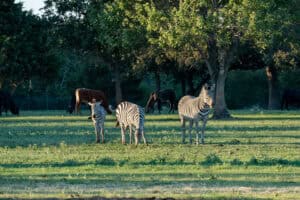
Zebras are highly social animals that exhibit complex herd dynamics and social interactions.
- Plains Zebras live in structured family groups called harems, consisting of a single dominant stallion, multiple mares, and their offspring. These harems may join other families to form large migratory groups, often traveling alongside wildebeest and other herbivores.
- Mountain Zebras have smaller family units but maintain close bonds with their herd members, relying on teamwork for survival in harsh environments.
- Grevy’s Zebras have a looser social structure, with stallions holding territories and females roaming freely between them.
Communication plays a vital role in zebra societies. They use vocalizations such as brays, snorts, and barks to alert others of danger or to maintain contact within the herd. Body language, including ear positioning and tail movements, also helps convey emotions like aggression, submission, or relaxation.
Conservation Efforts and Reintroduction Programs
While Plains Zebras are still relatively abundant, the Mountain Zebra and Grevy’s Zebra face conservation challenges due to habitat destruction, poaching, and competition with livestock. The International Union for Conservation of Nature (IUCN) classifies Grevy’s Zebra as endangered, with fewer than 2,500 individuals remaining in the wild. Mountain Zebras have seen population recoveries in some areas but remain vulnerable due to habitat fragmentation and hunting.
Conservation efforts include the establishment of protected areas and national parks to safeguard zebra populations. Community involvement plays a crucial role, with local communities participating in conservation efforts through ecotourism and sustainable land-use practices. Anti-poaching measures have been strengthened through stricter laws and enforcement to reduce illegal hunting and wildlife trafficking. Scientific research on zebra behavior, genetics, and migration patterns continues to help conservationists develop effective strategies for their protection.
Conclusion
Zebras are among Africa’s most recognizable and fascinating wildlife species. Their unique adaptations, intricate social structures, and ecological importance make them vital to the continent’s ecosystems. Despite facing significant challenges, dedicated conservation efforts offer hope for their survival. By protecting zebras and their habitats, we ensure that future generations can continue to admire these extraordinary animals in the wild.
Join our email newsletter and receive informative articles like these in your inbox! Subscribe here.
About Tejas Ranch & Game Fence
Tejas Ranch & Game Fence is the go-to ranch fence contractor for landowners with a vision for their property. We have a broad offering of ranch fence solutions, such as high-game fences, cattle fences, hog-proof fences, and more. We offer land clearing, trail construction, and land development consulting along with our fence solutions.
Related Posts
Exotic Black Hawaiian Sheep
Exotic Barbados Sheep
Exotic Rhea
Buffalo
Exotic Addax
Exotic Scimitar Oryx
Exotic Blackbucks
Exotic Sika Deer
Exotic Painted Desert Sheep
Exotic Mouflon Sheep
Exotic Corsican Sheep
Exotic Fallow Deer
Exotic Aoudad Sheep
Exotic Nilgai Antelope
Exotic Texas Dall Sheep
Exotic Axis Deer
Exotic Pere Davids Deer
